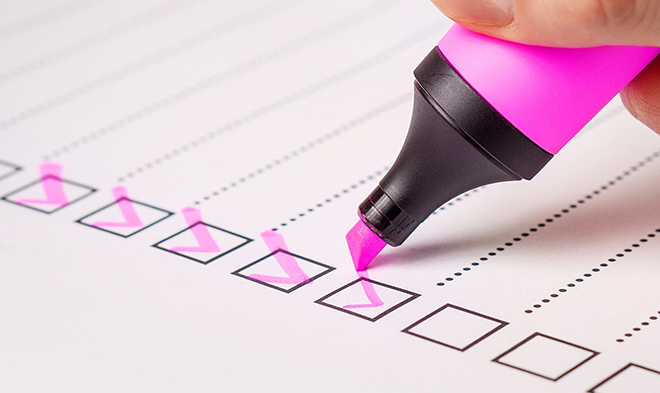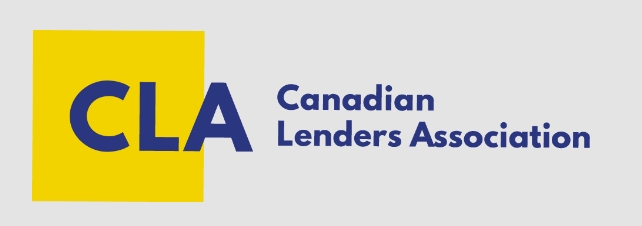Improve Your Credit Score – Credit Score Checklist

So many Canadians tackle credit blind with no idea the precise factors that go into a credit score, and therefore what needs to be done to improve your credit score. Surely if you pay your bills that will be enough to get it growing. Without researching how to build credit for ourselves, we just follow what little we learned growing up. Outdated and desperately insufficient knowledge at best that helps us get precisely nowhere.
When you need to improve your credit score quickly, it truly helps to ditch your mom and dad’s method and really understand what goes into the calculation that makes up your score. So, for those of you who don’t really have any idea what makes up your credit score, here’s a handy list of factors to keep in mind as you work to increase your score:
What is your payment history like and can you improve it?
The vast majority of your score is going to come from your personal payment habits. Do you pay your bills on time, to both creditors and your utilities? Have you ever had anything go to collections? Do you pay the minimum payment? Do you pay more than that? If there is a way you can improve on these habits, do it. Part of this is going to be how much you pay vs. how much your minimum payment is. If you can throw more than your minimum payment at your debts each month, on time, you’re going to have this factor - the most important one - covered.
Is your usage percentage too high and can you bring it down to below 30%?
Your credit usage percentage is how much of your total credit you have in use. For instance, if you have two credit cards with a $5,000 limit and a line of credit with a $10,000 limit, your total credit is $20,000. If you owe, in total, $5,000 across all of these three credit products, your usage percentage is 25%. Many people face a dropping credit score because their usage is out of hand. If you can bring your usage down to below 30%, it will improve your credit score.
Have you applied for too much credit lately and had a lot of inquiries to your credit report?
When considering credit usage percentage, you might get the idea that obtaining more credit will lower your percentage. Increasing your total credit does lower your usage, however, applying for credit in multiple places can raise some red flags on your credit report. What it looks like to potential lenders is that you’re desperate for cash and not the sort of person they want to be lending money to. If you apply for credit, space each application out by a few months to avoid losing points on your credit score.
How long have you had your credit?
If you’ve only just begun to use credit in the past few months, you’re not going to have had enough time to build a decent credit score. Lenders want to see a lengthy pattern of paying what you owe on time. This can make patience a true virtue when you’re trying to improve your credit score after a bankruptcy or a consumer proposal. Like all important things, it’s going to take time, hard work, and discipline to get back to where you were.
What mix of credit products do you have?
If all you have is one credit card to report good payment habits to a credit bureau, you’re not going to have enough to build a really good score. You need to mix it up a little - this shows lenders that you can handle multiple creditors at once. Consider a line of credit or a loan to mix in with your credit card in good standing.
If you’ve got all of these factors covered, it really just comes down to a waiting game. Wait and see your credit improve over time.
If you want to make sure it happens even faster, consider a credit building program - the low risk, high reward route to an excellent credit score.






Leave a Reply